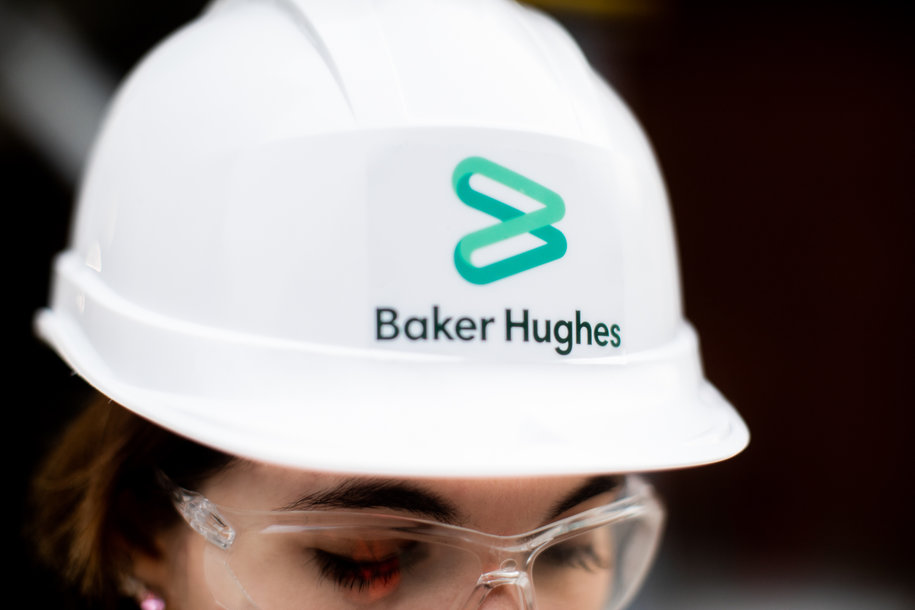US energy services firm Baker Hughes has booked almost $3.5 billion in LNG equipment orders in 2022, its highest ever, according to the company’s CEO, Lorenzo Simonelli.
The company’s industrial and energy technology business segment saw continued growth in LNG demand last year and the company won contracts by Venture Global LNG for the Plaquemines LNG project in Louisiana as well as service deals for the Calcasieu Pass LNG facility and Eni’s 3.4 mtpa Coral Sul FLNG off Mozambique.
“Commercially, orders performance in LNG and New Energy hit new highs and are poised to
remain strong into 2023,” Simonelli said during the company’s fourth quarter and full-year 2022 earnings conference call on Monday.
“In 2022, we booked almost $3.5 billion in LNG equipment orders, our highest ever, and booked over $400 million in New Energy orders, showing over 50 percent growth versus 2021,” he said.
Positive prospects for LNG
According to Simonelli, Baker Hughes remains positive on the near term and long-term prospects for the natural gas and LNG investment cycle.
“Near term, we believe that the likely reopening of China, combined with Europe’s need to refill gas storage supplies, will play a critical role in keeping global gas and LNG markets tight,” he said.
“Longer-term, we remain optimistic on the structural growth outlook for natural gas and LNG as the world looks to lower emissions and displace the consumption of coal,” the CEO said.
New LNG FIDs
“While cost inflation and higher interest rates slowed the pace of new LNG FIDs in 2022, we are seeing progress on a number of fronts,” Simonelli said.
He said that Baker Hughes continues to expect “significant growth” in new project sanctions in 2023, with elevated activity levels likely continuing into 2024.
Following 36 MTPA of LNG FIDs in 2022, Baker Hughes continues to expect to see an additional 65 to 115 MTPA of LNG projects reach FID in 2023, Simonelli said.
“Just as important as the near-term outlook for LNG orders, we are now gaining visibility into new project opportunities that are developing towards the middle of the decade,” he said.
“Most notably, we are seeing progress on a number of brownfield initiatives and advancements in new modular concepts that is likely to extend the current wave of activity several more years,” Simonelli said.

